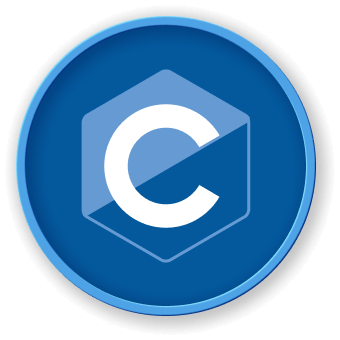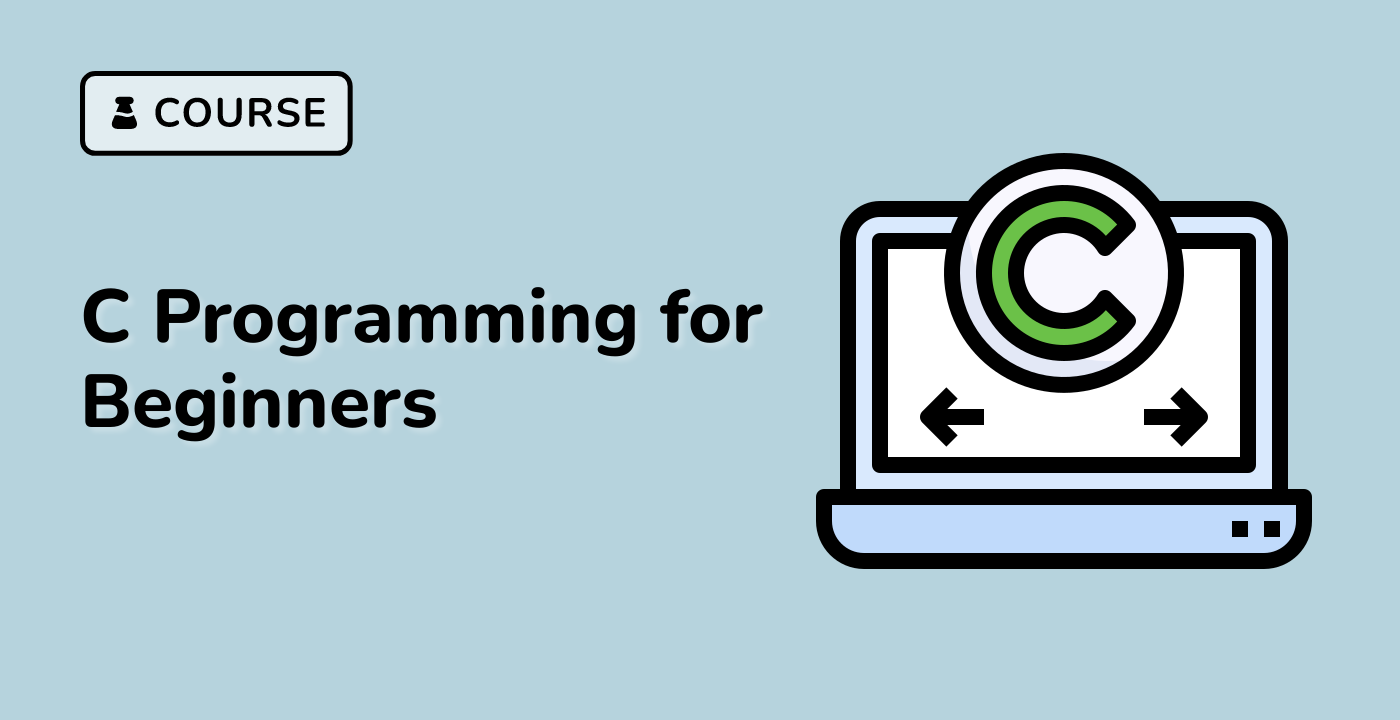Recursive Debugging Tips
Debugging Strategies for Recursive Functions
Debugging recursive functions can be challenging due to their complex execution flow and multiple function calls. This section provides essential techniques to effectively trace and debug recursive programs.
Common Debugging Techniques
1. Print Tracing
int fibonacci(int n, int depth) {
// Add depth tracking for visualization
printf("Depth: %d, Calculating fibonacci(%d)\n", depth, n);
// Base cases
if (n <= 1) return n;
// Recursive cases
return fibonacci(n-1, depth+1) + fibonacci(n-2, depth+1);
}
Debugging Workflow
graph TD
A[Identify Recursive Function] --> B[Add Trace Statements]
B --> C[Run with Different Inputs]
C --> D[Analyze Execution Flow]
D --> E[Identify Potential Issues]
| Technique |
Description |
Pros |
Cons |
| Print Debugging |
Add print statements |
Simple, No extra tools |
Performance overhead |
| GDB Debugging |
Use GNU Debugger |
Detailed step-by-step |
Steeper learning curve |
| Valgrind |
Memory analysis |
Comprehensive checks |
Slower execution |
Advanced Debugging Strategies
2. Conditional Breakpoints
int recursive_function(int n) {
// Conditional breakpoint example
if (n < 0) {
// Trap unexpected inputs
fprintf(stderr, "Invalid input: %d\n", n);
return -1;
}
// Recursive logic
if (n <= 1) return n;
return recursive_function(n-1) + recursive_function(n-2);
}
Tracking Recursive Calls
#define MAX_DEPTH 100
int call_count[MAX_DEPTH] = {0};
int tracked_recursive_function(int n, int depth) {
// Track call count at each depth
call_count[depth]++;
if (n <= 1) return n;
return tracked_recursive_function(n-1, depth+1) +
tracked_recursive_function(n-2, depth+1);
}
Debugging Checklist
- Verify base cases
- Check recursive case logic
- Ensure termination condition
- Monitor stack depth
- Test with edge cases
graph LR
A[GDB] --> B[Valgrind]
B --> C[strace]
C --> D[ltrace]
- Use tail recursion
- Consider memoization
- Implement iterative alternatives
- Limit recursion depth
Error Handling Patterns
int safe_recursive_function(int n) {
// Implement robust error checking
if (n > MAX_RECURSION_DEPTH) {
fprintf(stderr, "Recursion depth exceeded\n");
return -1;
}
// Normal recursive logic
if (n <= 1) return n;
return safe_recursive_function(n-1) + safe_recursive_function(n-2);
}
Best Practices
- Start with simple test cases
- Incrementally increase complexity
- Use visualization techniques
- Leverage debugging tools
LabEx recommends mastering these debugging techniques to write robust recursive algorithms efficiently.




